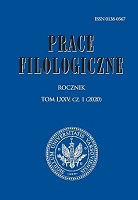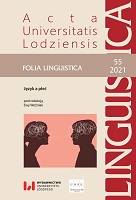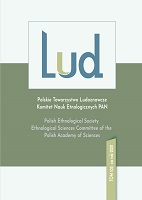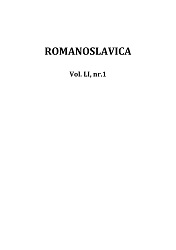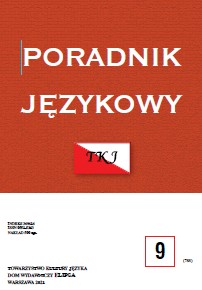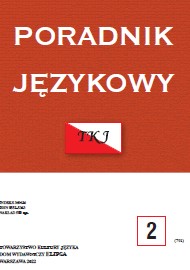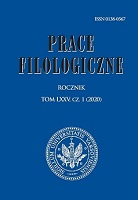
Operatory limitacji o postaci superlatywu przysłówka w języku polskim
It is possible to distinguish in Polish a special class of lexical units that have the shape of adverb superlatives, yet belong to the class of metapredicative operators. The paper discusses a subclass of them, namely limitators. A limitator opens one syntactic position, primarily on its right side, for an expression implying the notion of quantity, number or measure; grammatical forms of the expressions filling this position are varied. Contrary to that, a superlative of adverbs opens up two positions, the first for a verb and the other for a prepositional phrase. The paper contains a detailed analysis of five homonymic units belonging both to the class of adverbs and to the class of limitators.
More...
